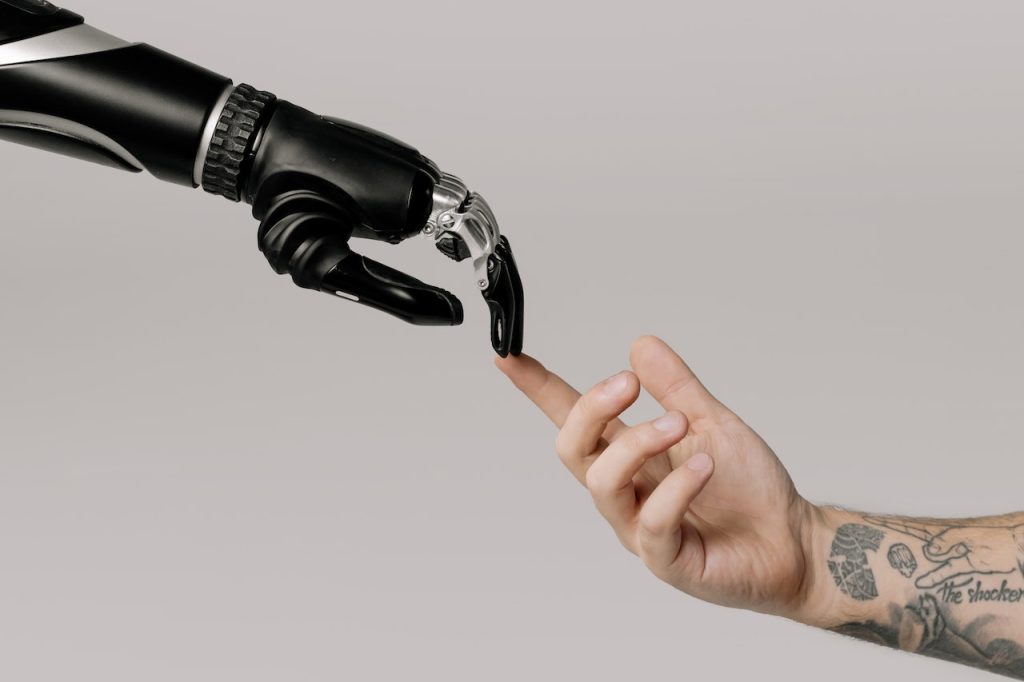The horizon of technology has always been a constantly moving target. With every decade, new advancements and breakthroughs have propelled industries forward, allowing for previously unimaginable feats of creativity and innovation. The world of design is no exception. Historically, the design realm was limited to sketches on paper, clay models, and hours of manual labor. But today, we stand on the precipice of a new era, one defined by augmented reality (AR) and artificial intelligence (AI), among other technologies. This post delves deep into how these innovations are reshaping the design landscape of tomorrow.
Augmented Reality (AR) – Enriching the Physical World
Gone are the days when designs were limited to two-dimensional planes. With AR, designers can project their creations into the real world, allowing users to experience and interact with them in real-time.
1. Immersive Experience Design
AR provides a bridge between the digital and physical worlds. Imagine trying out furniture in your home without actually buying or moving it. Or imagine a billboard that changes its message based on who’s looking at it. The potential applications are endless. Businesses can create more engaging advertisements, architects can provide real-world visualizations of their designs, and fashion designers can have virtual try-ons. In this evolving digital landscape, the top 10 website design companies are leveraging AR to provide an innovative and immersive user experience.
2. User-Centered Design
AR allows designers to gather real-time feedback from users. By analyzing how individuals interact with AR experiences, designers can continually refine and improve their creations. This iterative process ensures that the end product is both user-friendly and aesthetically pleasing.
Artificial Intelligence (AI) – Pushing Boundaries of Creativity
AI is not just a buzzword; it’s a revolution. This technology is automating tasks, optimizing processes, and even enhancing creativity.
1. Automated Design Process
With AI-driven tools, repetitive and time-consuming tasks such as image resizing, color adjustments, or pattern creation can be automated. This not only saves time but also allows designers to focus on the more creative aspects of their work.
2. Predictive Design
AI can analyze vast amounts of data to predict design trends. By understanding user preferences, market demands, and cultural shifts, AI can provide insights that can guide the design process. This is especially valuable in sectors like fashion, where staying ahead of the curve can make or break a brand.
3. Enhanced Creativity
Think AI is just for mundane tasks? Think again. With tools like DALL·E from OpenAI, AI is now capable of creating original artworks and designs and even suggesting design modifications. Such capabilities can serve as a collaborative tool, helping designers brainstorm and visualize their ideas more effectively.
The Synergy of AR and AI in Modern Digital Agencies
For a digital agency like at www.lazarev.agency, staying abreast of cutting-edge technologies like AR and AI is paramount. These technologies not only offer transformative potential individually but, when combined, they usher in an era of unparalleled innovation. Imagine an AI-powered AR system that can alter designs in real time in response to user feedback. Or visualize a virtual fashion show where AI predicts and displays designs rooted in current fashion trends, and viewers can instantly interact with and purchase the showcased items through AR. The integration of such advanced technologies ensures that a digital agency remains competitive, forward-thinking, and relevant in the ever-evolving digital landscape.
Challenges and Ethical Considerations
While the potential is vast, there are challenges and ethical concerns that designers and developers need to address:
- Data Privacy: Both AR and AI rely heavily on data. As such, there’s a responsibility to ensure that user data is protected and not misused. Designers and companies need to prioritize user consent and transparency.
- Over-reliance on Technology: The convenience of AR and AI might make some designers overly dependent on these technologies. It’s crucial to remember that while these tools can enhance design, they should not replace human creativity and intuition.
- Accessibility: With these new technologies, there’s a risk of leaving behind those who may not have access to the latest gadgets or high-speed internet. Inclusive design should be a priority, ensuring that innovations benefit everyone, not just a select few.
The future of design is undeniably exciting. With AR, AI, and innovations at the forefront, the possibilities for innovation and creativity are boundless. However, as with all technologies, there’s a need for balance. While these tools can greatly enhance the design process, they should complement, not replace, the human touch.
As we continue to navigate this new landscape, one thing is clear: the fusion of technology and design will lead to a more immersive, personalized, and interactive world. And as designers, it’s our responsibility to harness these technologies in ways that are ethical, inclusive, and truly transformative.










